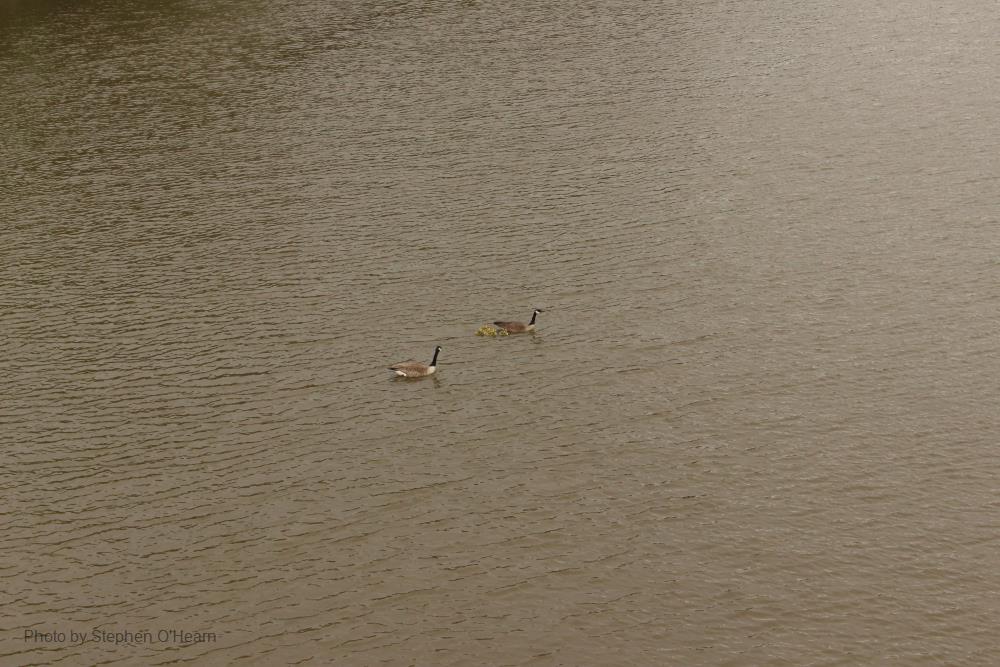
Related items loading ...
Section 1: Publication
Publication Type
Conference Presentation
Authorship
Zwiers Francis, Cannon Alex, Malinina Elizaveta, Schnorbus Markus, Anslow Faron, Sun Qiaohong, Kirchmeier-Young Megan, Seiler Christian, Zhang Xuebin, Flato Greg, Wan Hui, Li Guilong, Castellan Armel
Title
Attribution of Human influence on the complex November 2021 BC flooding event
Year
2022
Publication Outlet
AOSM2022
DOI
ISBN
ISSN
Citation
Francis Zwiers, Alex Cannon, Elizaveta Malinina, Markus Schnorbus, Faron Anslow, Qiaohong Sun, Megan Kirchmeier-Young, Christian Seiler, Xuebin Zhang, Greg Flato, Hui Wan, Guilong Li, Armel Castellan (2022). Attribution of Human influence on the complex November 2021 BC flooding event. Proceedings of the GWF Annual Open Science Meeting, May 16-18, 2022.
Abstract
A strong atmospheric river made landfall in southwestern British Columbia, Canada on 14th November 2021, bringing two days of intense precipitation to the region, which has complex topography and a surface transportation network that is tightly confined by the topography. The resulting floods and landslides led to the loss of at least five lives and severed the entire surface transportation network that connects Vancouver and its port to the rest of Canada, thus affecting not just the region but the economy of the entire country. A team of scientists assembled in the aftermath of the event completed and submitted a comprehensive attribution study by the end of January, 2022. It considered the event from multiple perspectives, including the intensity of the atmospheric river as measured by integrated vapor transport, the precipitation that was produced, the discharge that resulted in drainage basins where impacts occurred, the hydrologic mechanisms involved in producing the discharge, and to the extent possible, the role of antecedent drainage basin conditions. The study found that all of the main aspects of the event – the high integrated vapor transport (a 10-year event), resulting extreme two-day precipitation accumulation (a 50- to 100-year event), and the very extreme streamflow in the affected drainage basins (>100-year event in several basins) - had likely been made more probable by human-induced climate change, by a factor of approximately 50% (vapor transport and precipitation) and greater than 100% (streamflow). Together these results demonstrate the substantial human influence on this compound extreme event, and help motivate efforts to increase resiliency in the face of more frequent events of this kind in the future.
Plain Language Summary
It is directly aligned with the "Knowledge to Action" theme of the meeting, and also directly aligned with the Climate Related Precipitation Extremes project
Section 2: Additional Information
Program Affiliations
Project Affiliations
Submitters
|
Francis Zwiers | Submitter/Presenter | fwzwiers@uvic.ca | PCIC, University of Victoria |
Publication Stage
N/A
Theme
Hydrometeorology, Atmosphere and Extremes
Presentation Format
10-minute oral presentation
Additional Information
AOSM2022 First Author: Francis Zwiers, PCIC, University of Victoria Additional Authors: Nathan Gillett, ECCC; Alex Cannon, ECCC; Elizaveta Malinina, ECCC; Markus Schnorbus, PCIC; Faron Anslow, PCIC; Qiaohong Sun, PCIC; Megan Kirchmeier-Young, ECCC; Christian Seiler, ECCC; Xuebin Zhang, ECCC; Greg Flato, ECCC; Hui Wan, ECCC; Guilong Li, ECCC; Armel Castellan, ECCC


 GWFNet
GWFNet Master
Master Data
Data Research
Research Map
Map
 Advanced
Advanced Tools
Tools
 . . .
. . .
 Metadata Editor
Metadata Editor
 Record List
Record List
 Alias List Editor
Alias List Editor
 Legacy sites
Legacy sites